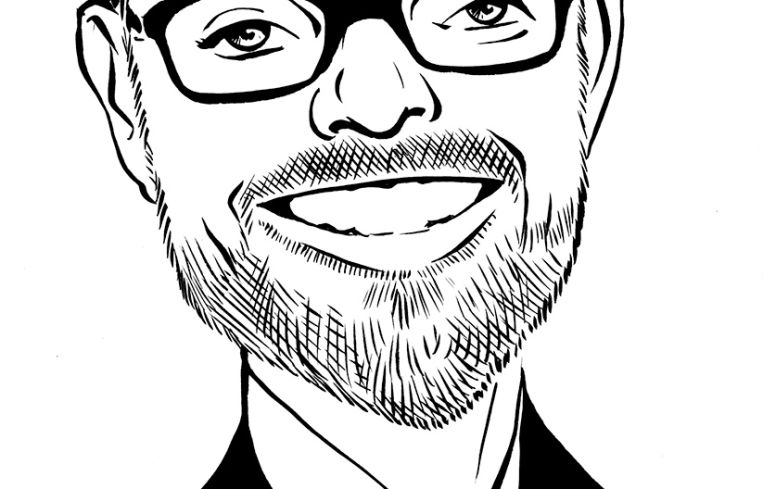Cleaner Air and Water Help Make New York Great
By David Neil April 26, 2017 7:17 pm
reprints
On Earth Day we celebrated the health and ecological benefits of environmental protections, but the financial benefits of prudent environmental regulation is too often overlooked. New York is currently reaping the economic benefits of environmental policies implemented decades ago. Improved regional water and air quality have created thousands of local jobs and resulted in billions of dollars in economic activity and tax revenue. The New York real estate community in particular has been a beneficiary and should continue to encourage such progress.
In New York City, our air quality has improved to the point that urban dwellers need not escape to the countryside to catch a good breath. Improved regional air quality has led to the proliferation of greener outdoor spaces—whether a park, plaza or terrace—which are producing millions of dollars in added value and tax revenue. New outdoor spaces in New York City have had a profound and measurable economic impact.
At the Durst Organization, I led the effort to convert unused rooftops and setbacks into greenroofs and outdoor terraces. The result has been significant rent premiums and reduced vacancy “down-time” opportunity costs for the office square footage connected to such outdoor spaces. Hundreds of thousands of square feet of our commercial real estate portfolio were leased this past year thanks to the transformation of our setbacks and rooftops. In fact, several recent multimillion- dollar lease deals in our portfolio were signed only because of the outdoor terraces. A number of additional multimillion-dollar lease transactions in our pipeline are also contingent upon the availability of outdoor terrace space. Based on this success, we are now in the process of activating more rooftops, including a $20 million investment to create a rooftop pavilion at 1155 Avenue of the Americas.
It’s hard to believe today, but commercial building roofs and setbacks were previously typically left as blacktop, which often decreased the value of adjacent office space while contributing to runoff pollution and the urban heat island effect. Years ago the idea of activating commercial building setbacks was often met with blank stares (“tenants are not interested” or “too much of a hassle”).
At the Durst Organization, we worked hard to cultivate the nascent interest among tenants for outdoor space. We invested significant sums of money in outdoor spaces, from marketing materials, design, plantings to structural reinforcement. These investments have had the desired effect of stimulating demand for such spaces. Other landlords are now on the bandwagon as well. Unlike years ago, today the industry newspapers are full of advertisements promoting newly available outdoor terrace space for office tenants.
But the truth is the environmentalists deserve credit for the current outdoor space trend. Without cleaner air, tenants and residents would be less interested in outdoor terraces.
Without cleaner air, New York City would be less attractive to visitors as well. New York City’s thriving tourism industry, with over 60 million annual visitors, in part owes its success to the region’s cleaner air. As New York City’s retail and hospitality segments depend upon tourism, these sectors too should thank the environmentalists for making New York more attractive.
No doubt many challenges remain. Air pollution and smog are much improved from decades ago, but still there are some days when pollution levels exceed federal air quality standards. The Hudson River was once swimmable with scores of public beaches and a thriving fishing industry. The beaches are now mostly closed, and the fishing industry is long gone due to pollution. Photos from the 1950s of children swimming at Nyack Beach State Park in the Hudson Valley feel otherworldly.
Cleaner air and water help make New York great. The proliferation of outdoor spaces improves the quality of life for New York residents and the productivity of its workforce. Such improvements also make our region more attractive for visitors, investment and talent. The question today is, Will we continue to reap the economic and health benefits of improvements to our environment or will we weaken our regulations and jeopardize decades of progress?
David Neil is a principal at the Durst Organization.


